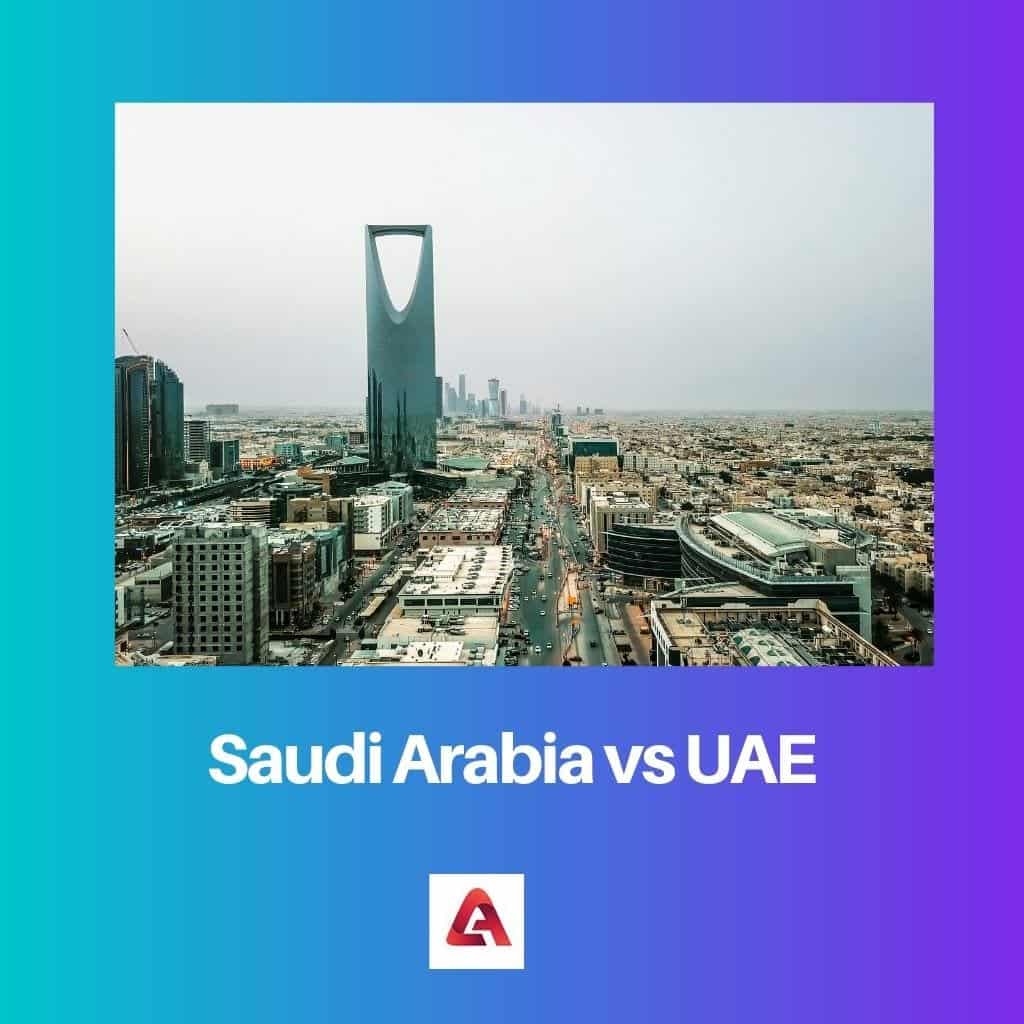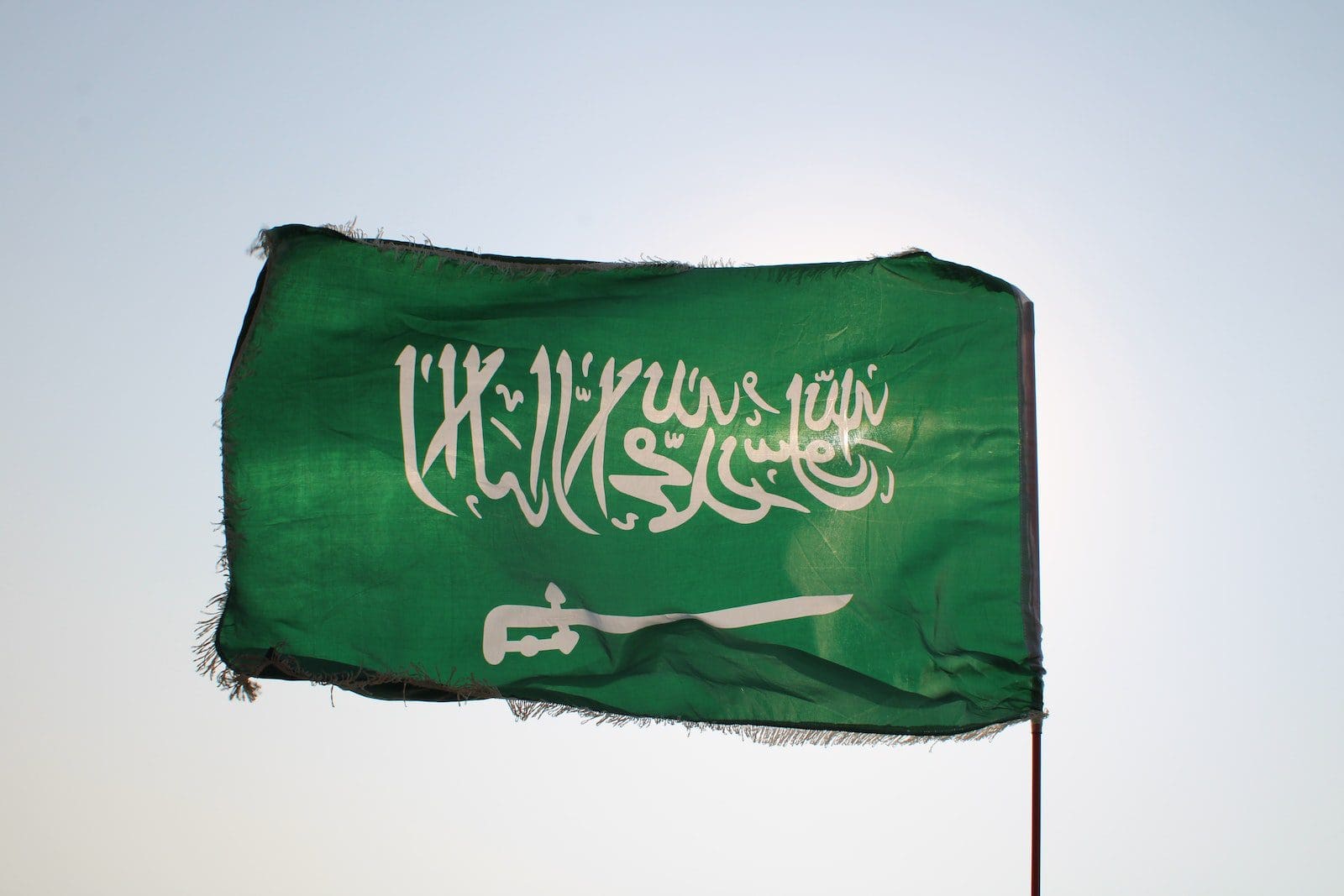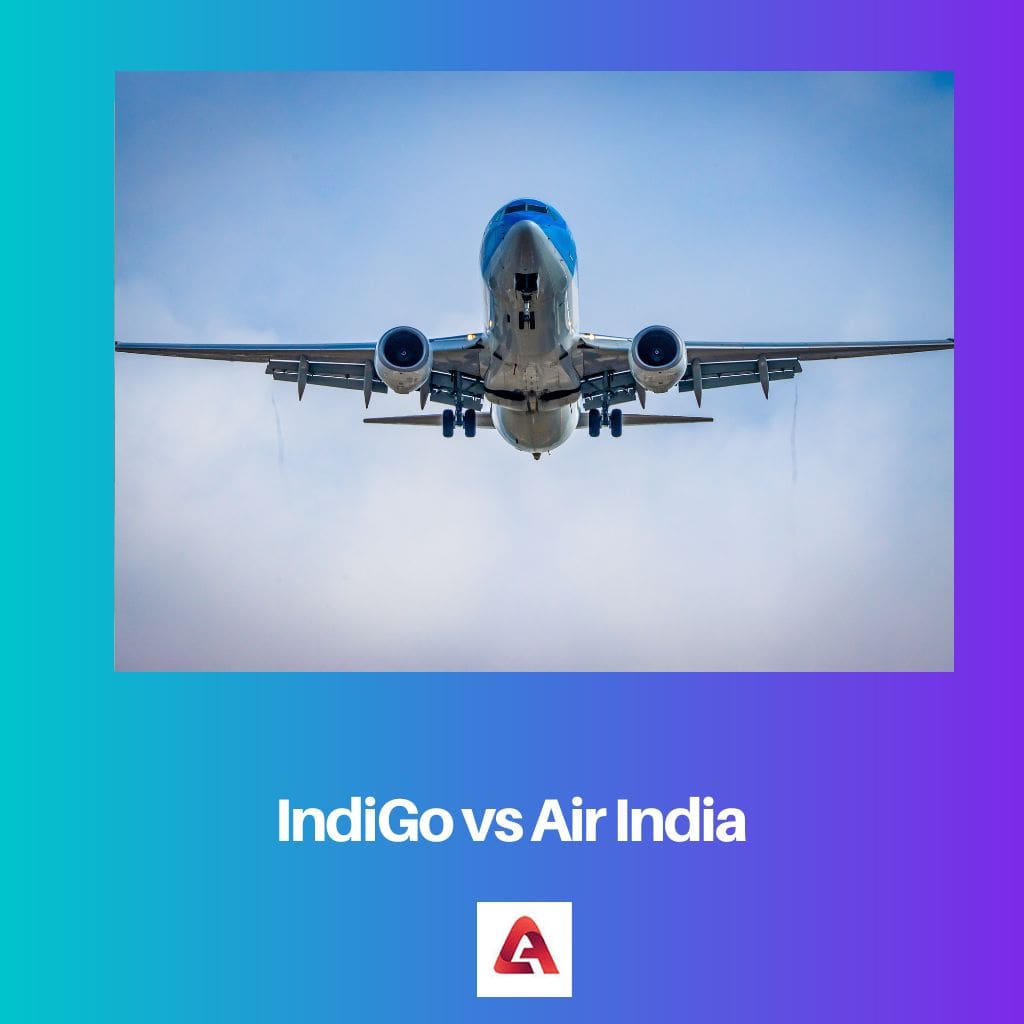Saudi Arabia and the UAE are both influential Gulf nations with strong economies heavily dependent on oil. While they share cultural and historical ties, their regional policies differ, with Saudi Arabia adopting a more assertive approach, while the UAE focuses on diversifying its economy and projecting a modern, progressive image
Key Takeaways
- Saudi Arabia and UAE are both Arab countries in the Middle East, but Saudi Arabia is larger and more populous than the UAE.
- Saudi Arabia is known for its conservative religious traditions and has a more centralized government system, while UAE is more liberal and has a federal government with a constitutional monarchy.
- While both countries have significant oil reserves and are members of OPEC, UAE has been more successful in diversifying its economy and investing in tourism, real estate, and technology sectors.
Saudi Arabia vs. UAE
Saudi Arabia is larger in land area and has a larger population; it is an absolute monarchy with big oil reserves. UAE is known for its economic diversity, tourism, trade, and finance; UAE is a federation of seven emirates with a constitutional monarchy system.

Comparison Table
| Feature | Saudi Arabia | United Arab Emirates |
|---|---|---|
| Official Name | Kingdom of Saudi Arabia | United Arab Emirates (UAE) |
| Capital City | Riyadh | Abu Dhabi |
| Government | Absolute Monarchy | Constitutional Monarchy (Federal Monarchy) |
| Religion | Islam (official) | Islam (official), Christianity, Hinduism, Sikhism |
| Language | Arabic (official) | Arabic (official), English (widely spoken) |
| Currency | Saudi Riyal (SAR) | United Arab Emirates Dirham (AED) |
| Population | 35.44 million (2023 est.) | 10.02 million (2023 est.) |
| Land Area | 830,000 sq mi (2,149,690 sq km) | 32,278 sq mi (83,600 sq km) |
| Major Cities | Riyadh, Jeddah, Mecca, Medina | Dubai, Abu Dhabi, Sharjah, Ajman |
| Economy | Oil-based (80% of government revenue) | Service-based (tourism, finance, trade) |
| Cost of Living | Moderate | High |
| Tourism | Religious tourism (Mecca and Medina), historical sites | Leisure tourism (beaches, resorts, entertainment) |
| Alcohol Consumption | Prohibited | Legal in licensed venues |
| Women’s Rights | Stricter social restrictions | More liberal social environment compared to Saudi Arabia |
What is Saudi Arabia?
Geography and Demographics
- Location: Saudi Arabia, officially the Kingdom of Saudi Arabia (KSA), is a country situated in West Asia and the Middle East.
- Size and Borders: Covering the bulk of the Arabian Peninsula, it boasts a land area of approximately 2,150,000 square kilometers (830,000 square miles), making it the fifth-largest country in Asia and the largest in the Middle East.
- Neighbors: Its borders encompass the Red Sea to the west, Jordan, Iraq, and Kuwait to the north, the Persian Gulf, Qatar, and the United Arab Emirates to the east, Oman to the southeast, and Yemen to the south. Bahrain, an island country, lies off its eastern coast. The Gulf of Aqaba in the northwest separates Saudi Arabia from Egypt and Israel.
- Population: The kingdom is home to a population of over 32 million (as of 2022), with over 13 million being expatriates, making it the world’s third-largest immigrant population.
Political Structure and Economy
- Government: Saudi Arabia is an absolute monarchy ruled by the House of Saud. The current king is Salman of Saudi Arabia and his son, Mohammed bin Salman, acts as the de facto ruler.
- Economy: The kingdom possesses the largest economy in the Middle East and is classified as a high-income economy by the World Bank. It is the only Arab member of the G20 major economies and boasts the world’s nineteenth-largest economy by nominal GDP and seventeenth largest by PPP.
- Resources: Known for its vast oil reserves, Saudi Arabia is a major oil producer and a founding member of OPEC. It is undergoing economic diversification efforts to reduce its dependence on oil.
- Social Programs: The kingdom offers tuition-free university education, no personal income tax, and a free universal healthcare system.
Culture and Religion
- Religion: Islam is the official religion of Saudi Arabia, and the kingdom follows a strict interpretation of Wahhabi Islam. This translates to conservative social norms and customs.
- Culture: Saudi Arabian culture is deeply rooted in Islamic traditions and Bedouin heritage. However, the country is experiencing rapid social and cultural changes, particularly in major cities like Riyadh.
- Tourism: The kingdom is increasingly promoting tourism, showcasing its historical sites, natural wonders, and cultural experiences.
Important Considerations
- Travel: Visitors to Saudi Arabia should be aware of and respect the country’s conservative customs and dress codes. It is advisable to research visa requirements and local regulations before planning a trip.
- Current Events: Staying informed about current events in the region is crucial before visiting or engaging in business activities within Saudi Arabia.

What is United Arab Emirates (UAE)?
Geography and Demographics
- Location: Eastern Arabian Peninsula, bordering Oman and Saudi Arabia.
- Area: Roughly the size of Portugal (~83,600 sq km).
- Climate: Hot and arid, with scorching summers and mild winters.
- Population: Approximately 9.37 million (2021 estimate).
- Capital: Abu Dhabi, the largest and wealthiest Emirate.
- Currency: United Arab Emirates Dirham (AED).
Political Structure
- Federation: Seven emirates – Abu Dhabi, Ajman, Dubai, Fujairah, Ras al-Khaimah, Sharjah, and Umm al-Quwain – form the UAE.
- Government: Federal constitutional monarchy with each emirate being an absolute monarchy.
- Federal Supreme Council: Highest ruling body, consisting of the rulers (sheikhs) of each emirate.
- President: Elected by the Federal Supreme Council, currently Sheikh Mohamed bin Zayed Al Nahyan.
Economy and Development
- Economic Powerhouse: Third-largest economy in the Middle East and one of the wealthiest per capita in the region.
- Resource Rich: Holds significant oil and natural gas reserves, contributing heavily to its GDP.
- Strategic Location: Important trade and transport hub, connecting Asia, Africa, and Europe.
- Modernization: Rapidly developing nation with impressive infrastructure, skyscrapers, and a focus on innovation.
Culture and Society
- Emirati Culture: Deeply rooted in Islamic traditions and Bedouin heritage.
- Multicultural: Diverse population due to its role as a global hub, with significant expatriate communities.
- Rich Traditions: Emphasis on hospitality, respect, and family values.
- Modern Lifestyle: Blend of traditional values with a modern, cosmopolitan outlook, especially in urban areas.

Main Difference Between Saudi Arabia and UAE (United Arab Emirates)
Saudi Arabia:
- Monarchy: Saudi Arabia is an absolute monarchy with a hereditary king as the head of state.
- Size: It is the largest country in the Arabian Peninsula and the second-largest in the Arab world.
- Economy: Highly dependent on oil exports, with oil accounting for a significant portion of its GDP.
- Culture: Follows a strict interpretation of Sunni Islam, and its culture is deeply rooted in Islamic traditions.
- Women’s Rights: Historically, women’s rights have been more restricted, but recent reforms have aimed to improve gender equality.
UAE (United Arab Emirates):
- Federation: The UAE is a federation of seven emirates, with a federal president and a prime minister.
- Size: Smaller in land area compared to Saudi Arabia but includes highly developed urban centers like Dubai and Abu Dhabi.
- Economy: Diversified economy with a strong focus on tourism, finance, and real estate, in addition to oil exports.
- Culture: A more liberal and cosmopolitan society with a mix of traditional and modern influences.
- Women’s Rights: Generally more progressive, with efforts made to enhance women’s participation in various sectors.






